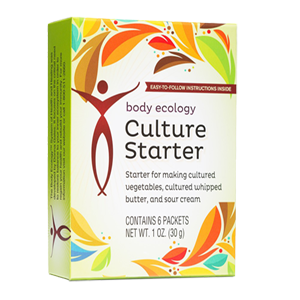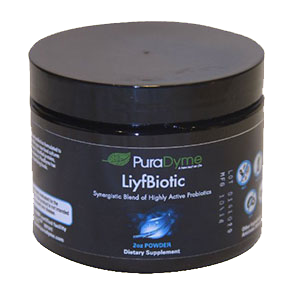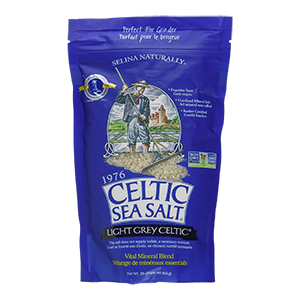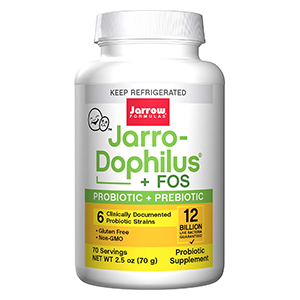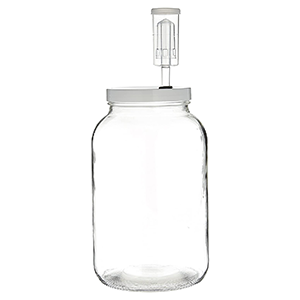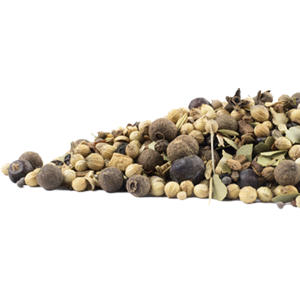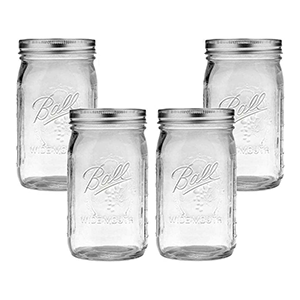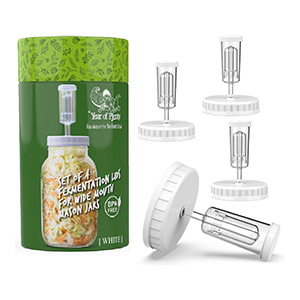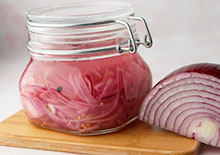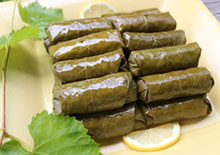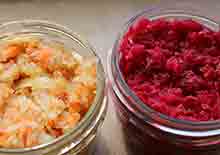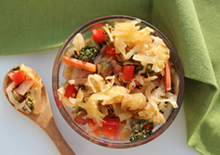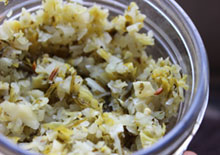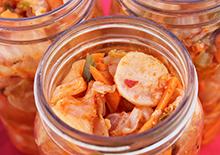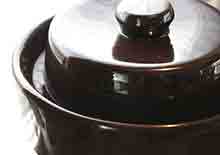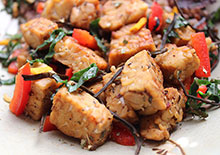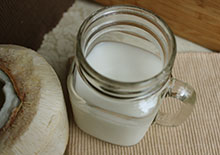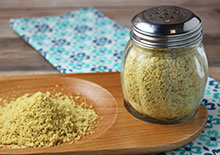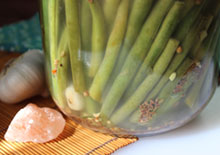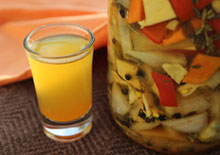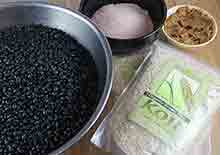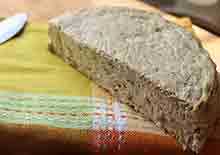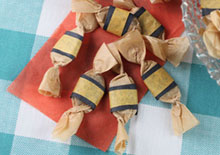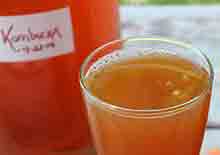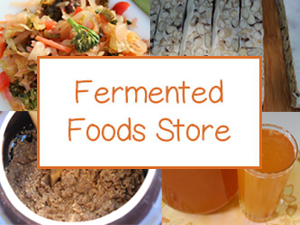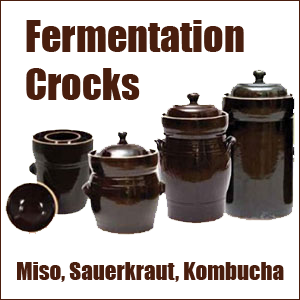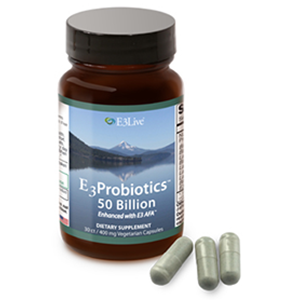- Home
- Fermented Food Recipes
- Fermented Grape Leaves
Fermented Grape Leaves, A Homemade Recipe Using Wild Leaves
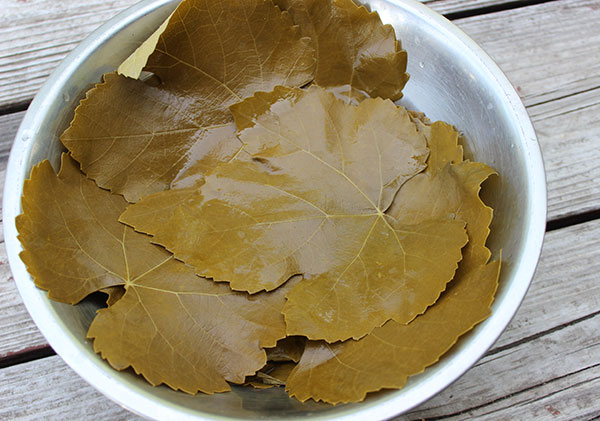
Our fermented grape leaves recipe is a way to naturally pickle raw grape leaves that doesn't involve traditional food canning methods, vinegar or boiling mason jars in a hot-water bath. In this recipe we instead use a probiotic inoculated saltwater brine solution to achieve that familiar delicious pickled flavor.
While it is possible to purchase commercial grape vine leaves in many grocery stores or specialty markets, these varieties are always made by first blanching the leaves, then preparing them in a vinegar/salt brine and further processing via customary food preservation techniques, a heat process which essentially destroys all enzyme and nutrient content.
Many manufacturers also frequently add a list of artificial preservatives like sodium benzoate, sodium bisulfite and potassium sorbate, not chemicals you want to consume as part of a health promoting diet.
The brine used in homemade ferments basically supports the growth of
favorable strains of lactic acid bacteria and creates a fermented food
with a tangy taste and soft texture that is similar to canned versions
but still retains nutritive value along with beneficial microflora and
enzymes that help to aid digestion.
When the leaves are
fermented for a number of days in the brine, it produces a perfectly
flexible leaf that is easy to roll around foods without tearing. One of
their primary uses is, in fact, as a type of wrap for number of filling
combinations. This creates a tightly rolled mini burrito-style finger
food that is commonly enjoyed as an appetizer but also can be consumed
as a main meal.
Historically, this is the most popular way to use grape vine leaves in many different Mediterranean and Middle Eastern cultures, otherwise known as "stuffed grape leaves." A few examples of common dishes include dolmas, sarmas or yalangi, but they are likewise used in many other cultural delicacies around the world specific to regions where grape vines grow wild or can be cultivated.
Grape Leaf Nutrition
According to Nutritional Data, raw versions are significantly higher in nutrients than heat treated leaves.
Raw Grape Leaves - 28g
- 1.6 g - protein
- 4534 mcg - beta-carotene
- 30.4 mcg - vitamin K
- 102 mg - calcium
- 1.6 mg - vitamin C
Cooked Grape Leaves - 28g
- 1.2g protein
- 795 mcg - beta-carotene
- 0 mcg - vitamin K
- 80.9 mg - calcium
- 0.5 mg - vitamin C
Raw grape leaves additionally provide a great source of hardy fiber and contain a
nutritious blend of some minerals and vitamins. They are high in
beta-carotene, vitamin K, vitamin C, calcium and manganese. When the leaf is cultured and its tannic compounds broken down, these nutrients become more bioavailable.
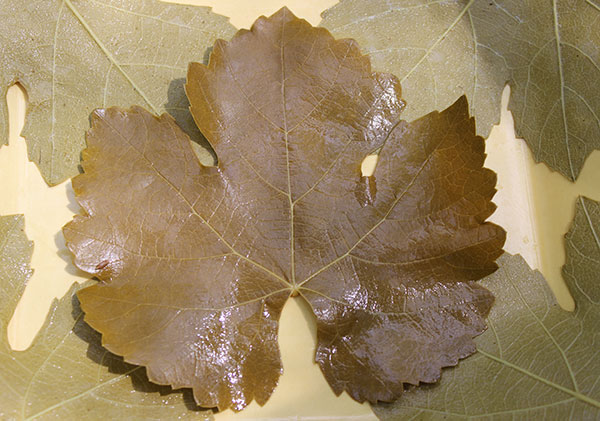
What are Lacto-Fermented Grape Leaves?
The fermented grape leaf recipe below is a lacto-fermentation process that cultures and preserve foods via the actions of microorganisms, like Lactobacillales, which are naturally present on the leaf surface. These strains of lactic acid bacteria convert the sugar and starch content into lactic acid, which acts as a preservative as well as pickling agent, boosting enzyme levels and beneficial microflora.
The lacto-fermentation process is achieved in much the same way as making other cultured vegetables by surrounding the leaves in a saltwater brine solution. When kept at the appropriate temperature between 65-75°F (18-24°C), this oxygen-free (anaerobic) environment supports the growth of desirable lactic acid bacteria (LABs) and eliminates pathogenic bacteria and mold contamination.
This liquid includes sea salt, pure filtered water and pickling spices. Adding a small amount of culture starter or probiotic powder can also help activate the growth and development of various LAB strains, so we also include about a 1/2t of Healthforce Nutritionals Friendly Force or Body Ecology Veggie Culture Starter, but any high quality acidophilus or probiotic powder also works fine.
Making Fermented Grape Leaves
When preparing to make your own homemade jar of pickled grape leaves, you must, of course, have access to either wild or cultivated leaves. Once you have about 30 leaves collected, the brine ingredients are fairly simple and take less than a few minutes to put together.
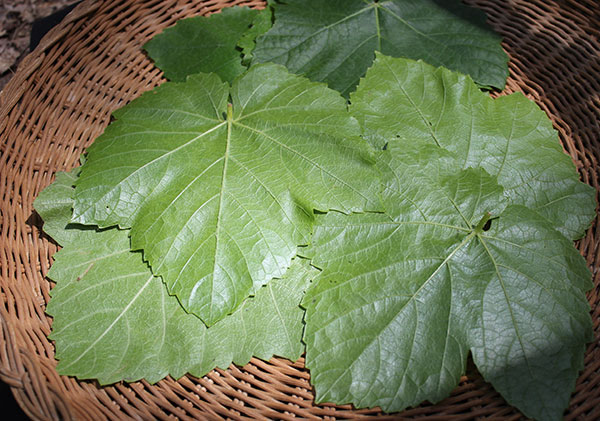
Harvesting Grape Leaves
In this recipe we use raw, fresh, wild grape leaves straight from the grapevine. Essentially, anywhere that wine grapes can grow you will also find wild varieties typically growing in abundance in forested regions, fields, meadows or along riverbanks.
As a prolific vine-growing species grapevines need something to trellis on and can often be found weaving their way through tall trees, brush, over rocks or homestead fencing. Because they tend to produce many leaves in just one small area of growth, it usually doesn't take long to gather a good supply for making one or more quarts of fermented grape leaves to last you for the year.
Likewise, any grape leaves from the genus Vitis can also be harvested. However, cultivated garden grapes and wine grape species are considered less preferred as far as taste quality and nutrition. This is because most of the energy goes into creating the fruit rather than the leaf growth. Wild grapes are often small and very sour, but have soft, tastier and tender leaves.
Identifying and Selecting Wild Grape Leaves
Grape leaves are very easy to identify, but can have a number of different shapes and edgings depending on the specific species or age of leaf growth. As with any wild food it is always recommended to positively identify any leaf variety before you consume it as there are many toxic plants integrated into wild habitats. In some countries, grape vines can also grow next to poison oak, which it good to be aware of when collecting your leaves.
The best grape leaves to select are those that are relatively young and tender, often emerging in the late spring or early summer months. Usually they are a vibrant green color and can have a slightly shiny appearance. However, you can also find harvestable leaves throughout the summer season especially when the leaves are located by a natural water source like a river, lake or stream.
It is, of course, best to forage for wild edibles that are not fed by polluted waters or close to industrial facilities or roads with a high amount of traffic exhaust.
The leaves can range in size, but generally the best for wraps are the larger leaf types, typically about the size of one's hand or roughly about 5-6 inches wide. We have, however, used much smaller leaves and they do work fine, they just provide for a much smaller wrapped finger food portion.
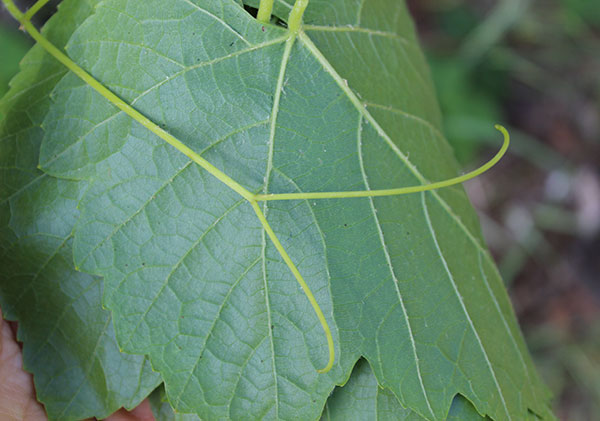
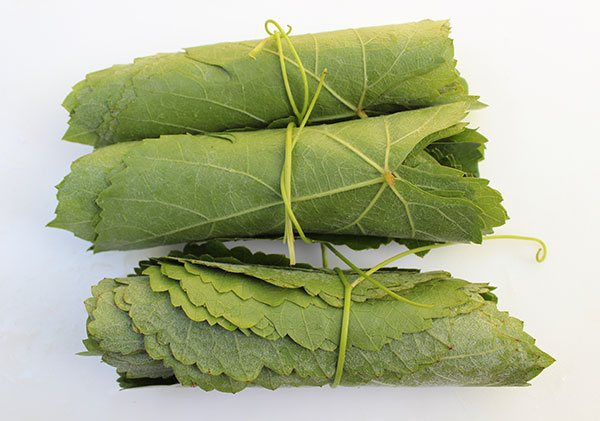
Tips for Fermenting Grape Leaves
Rolling Your Leaves - One of the best ways to pack the leaves into the jar is to roll them. This means that you will stack about 10 leaves, going in the same direction, then roll them and secure by tying with a grape vine. We have found they roll best with the veins showing on the outside. When selecting the best grape vine "ties", choose flexible new shoots from the very ends of the vines. This is typically the part of the plant searching for something to trellis on to continue its growth.
Prepare Using Fresh Leaves - Make your ferment the day you harvest your leaves. It often helps to prepare brine solution ahead of time, so all you need to do is wash and roll your fresh raw leaves, place them in a jar and add the pre-made brine liquid. Leaves can, however, be kept in the fridge like any leafy green vegetable, but we recommend washing them first.
Using a Top Layer of Leaves - After placing your rolled leaves into the jar with the stem at the bottom, sometimes they tend to float to the surface above the brine solution. This means that some of your leaf tips may not ferment appropriately. To avoid this we always place about 3-5 folded grape leaves on top to keep the rolls packed under the liquid. This will eliminate their exposure to air at the top of the jar. This method is similar to using a cabbage leaf layer on top of sauerkraut and kimchi recipes.
Fermented Grape Leaves Recipe
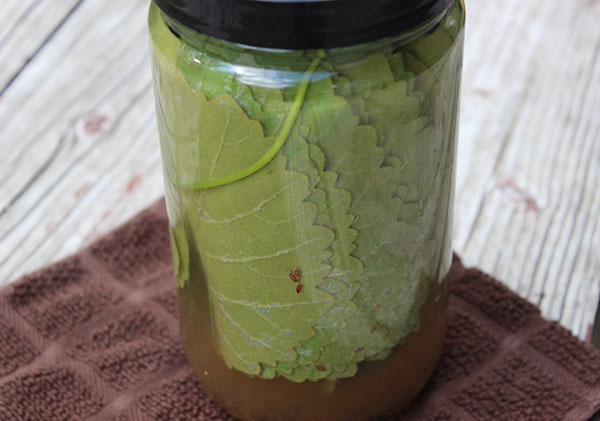
This recipe calls for about 30 grape leaves, which will be fermented in a one quart jar of liquid brine. From start to finish the fermentation process usually takes about 7-10 days at 65-75°F (18-24°C) for a nicely pickled and flexible leaf.
As with any fermented food recipe, it is important to sanitize all equipment and tools before use.
Ingredients:
- 30 raw grape leaves
- 3-5 raw grape leaves (for the top layer)
- 3 flexible grape vine "ties", about 1/2 a foot long
Brine Solution:
- 3C pure filtered water (or enough to cover your leaves)
- 2 whole cloves of garlic, sliced in half
- 2T sea salt
- 2t dill seed
- 1t black peppercorns
- 1/2t probiotic powder or culture starter
- 1 bay leaf
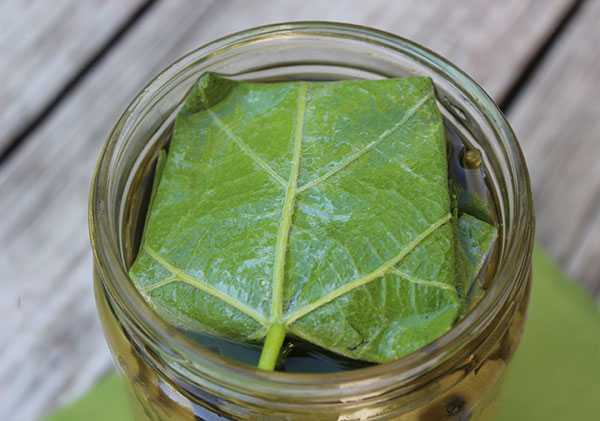
Directions:
- Make your liquid brine solution using the above ingredients directly in a one quart glass jar, cover with a lid and shake to dissolve salt.
- Rinse off your freshly harvested grape leaves in a colander using pure filtered water.
- Remove stems.
- Stack them facing in the same direction, in 3 stacks of 10.
- Roll each stack, with vein-side facing out, and tie with a grape vine (snug but not too tight).
- Place the rolls one at a time inside a clean sanitized quart jar, with the stems on the bottom.
- Pour brine solution over the top. Add more water if necessary to cover your leaf rolls.
- Take one of your extra grape leaves and fold into a square shape and place on top. Repeat adding more leaves, until rolled leaves are fully submerged underneath the brine.
- Screw on a loose lid and cover with a clean cloth (or use a kraut cap airlock) for approximately 7-10 days, depending on temperature. Warmer locations will take less time, while cooler ones will take about 10 days.
- Allow to ferment in a cupboard or counter-top space out of direct sunlight.

Remember that the culturing process will turn the green leaves a duller olive-brown color, this is normal. The end result should be soft and pliable and have a pleasant pickled aroma.
Fermented grape leaves very rarely go bad, but on occasions if temperature gets too hot, mold can develop (especially if you're not using a kraut cap airlock). If so, it is best to discard the ferment and begin again at appropriate temperature.
The leaves should be stored in the brine liquid and will last for many months or much longer when refrigerated. They make wonderful wraps for all kinds of foods and are especially great to eat with cooked foods and grains to help predigest them.
Shop Related Products (About Affiliates & Amazon Associate Paid Links)
Affiliate Disclaimer: This section contains affiliate product links. If you make a purchase through our recommended links, we receive a small commission at no additional cost to you. Thanks for the support.

